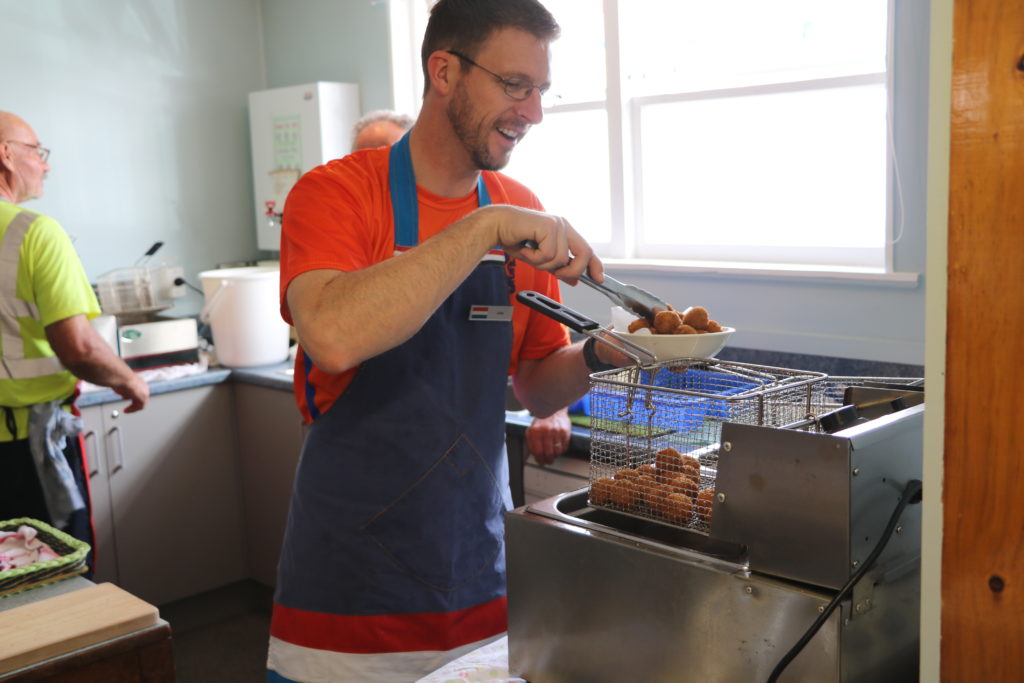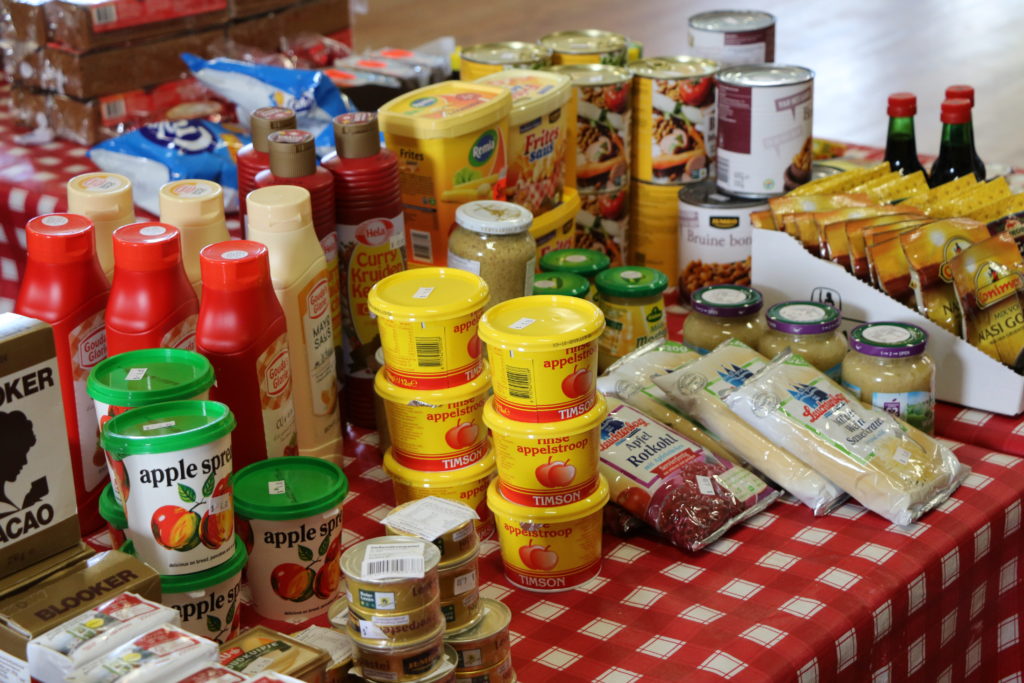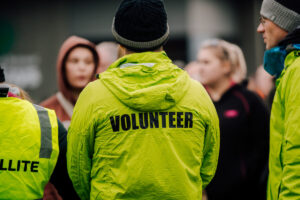There’s nothing more Kiwi than being Dutch
With an estimated 40,000 people living in the Waikato from Dutch descent, many immigrants are finding ways to keep the culture alive in their new home.
With an estimated 40,000 people living in the Waikato from Dutch descent, many immigrants are finding ways to keep the culture alive in their new home. Blair Voorend visited the local Dutch Market in Cambridge to see how those immigrants are sharing the culture with Kiwis.
Walking into the local Cambridge hall on Milicich Place, the first thing that emerges is the rich smell of Oliebollen (Dutch donuts) and Bitterballen (Dutch meatballs) coming from the kitchen.
From traditionally made Poffertjes (mini Dutch pancakes), a vast selection of Dutch cheeses, Margreet Kruit’s home baking, a large array of goods from the Dutch shop the main room of the hall is filled with an array of Dutch cuisine.
Most Dutch food is an easy treat – but not all of it. Haringboer , a type of fish, has a taste which even chef Richard van Ras admits is “acquired” .
But the thing that strikes the visitor more than the food is all the happy smiling faces, ready to share their culture and heritage.
Huub Verstegen started this market three-years-ago, along with his wife Liesbeth, having moved to Cambridge from Auckland.
Both helped out at the Dutch market up there and knowing there was a large group of Dutch people in the Waikato, they wanted to start something similar here.

“I got together with a few of my Dutch friends and we worked at getting a market started here in Cambridge,” Verstegen said.
“The market is all about meeting new people and catching up with old friends.”
Ruud Scheepens attends the market every month with his stall selling Dutch cheeses.
Scheepens moved to New Zealand his wife and two young children nearly 40 years ago.
“We lived right in the middle of Amsterdam, three stories up and a little garden, very tiny, not even half the size of a dining table,” Scheepens said.
“Both me and my wife had great jobs and we had a good life in the Netherlands, but it was something we both wanted to do, to go and have a bit of an adventure.”
“…it is a way to share a part of who we are with other people.”
Before they came to New Zealand, they had a few options to choose from with many other Dutch people going to various other places at the same time.
“South Africa was out of the picture pretty quickly with all the apartheid issues, Canada was a good option but we weren’t too keen on the winters and my wife wasn’t too keen on all the animals and spiders in Australia, so it left New Zealand which was by far the perfect option for us.”
In the Netherlands, Scheepens was a top engineer for Phillips, but the family’s decision came with a lot of scrutiny from friends.
“When we decided to move people would say: ‘If you move there you will only be making half of what you get here.’ We ended up only making a third of what we did, but we were happy anyway.”
There has always been a strong history between the Netherlands and New Zealand. Ever since Abel Tasman discovered New Zealand back in 1642, the Dutch have had an important role in building New Zealand. Well-known Dutch New Zealanders include the founder of Lockwood Homes, the late Johannes La Grouw and some of our most successful athletes such as racing driver Shane van Gisbergen, Olympic cyclist Simon van Velthooven, and the former 5000 metre world record holder the late Dick Quax.

Nowadays, the number of Dutch descendants has never been higher. According to the Netherlands Consulate in New Zealand there are about 40,000 Dutch passport holders, and 120,000 people from Dutch descent in New Zealand.
For Scheepens, the Cambridge Dutch Market is a way of showcasing the culture for Kiwis and young Dutch descendants alike.
“The market is a way to bring people together and for us it is a way to share a part of who we are with other people.”




